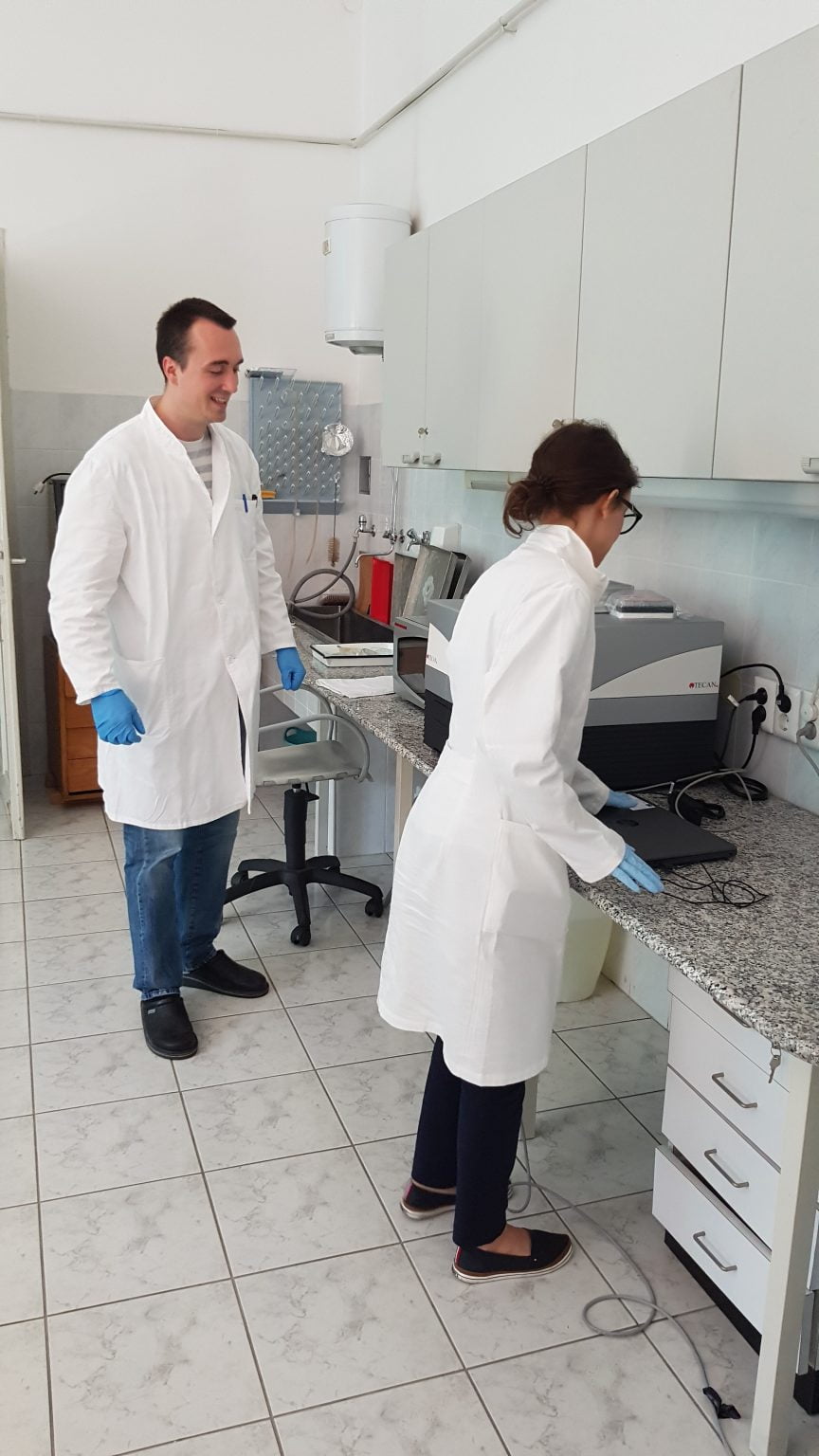prof. dr. sc. Davor Ježek, dr. med.
Epigenetic biomarkers in blood and ejaculate of patients with testicular seminoma

| Project code: IP-2016-06-3692 |
| Institution: University of Zagreb, Faculty of Medicine |
| Project duration: 48 months |
| Project website |
Testicular tumors (TT) represent 1% of all newly diagnosed neoplasms. They occur primarily in people between the ages of 15 and 45. Notably, testicular neoplasms displayed an astonishing 70% increase in incidence over the last 20 years worldwide.
Testicular germ cell tumors (TGCT) represent more than 90% of all testicular tumors. According to GLOBOCAN 2018, the incidence of testicular germ cell tumors will increase by 2040 to 85,635 new cases per year. TGCT is a heterogeneous group of neoplasms that are divided into seminoma (SE) and nonseminoma. Seminomas make up 55% of TGCT and occur in patients whose mean age is 35 years. In serum, and especially in semen, there is no early marker of testicular tumors.
A-fetoprotein and human chorionic gonadotropin are used in routine diagnosis, however their sensitivity and specificity are limited.
Epigenetic mechanisms are active during embryonic development and carcinogenesis. DNA methylation is the most studied epigenetic mechanism and due to its chemical and biological stability it stands out as a tumor biomarker in non-invasive diagnostics. Tumor tissues and thus SE are characterized by global hypomethylation of DNA which is associated with genome instability, and local hypermethylation of DNA with consequent inhibition of the expression of primarily tumor suppressor genes. Today, research on biomarkers from body fluids is very common because this concept is considered one of the foundations of personalized medicine.
The hypothesis of this prospective study is that at the level of cell free DNA, biomarkers can be identified in the blood and ejaculate of patients with testicular seminoma. Patients with testicular seminoma and healthy volunteers will be included in the study. Patients’ blood and ejaculate will be taken after diagnosis and after treatment, and a comprehensive study of cell free DNA methylation will be performed using pyrosequencing. The DNA methylation pattern will be compared to the DNA methylation pattern from blood and ejaculate from healthy volunteers. Comparison of the results of methylation in cell free DNA and genomic DNA, as well as copy number variation, will clarify the proportion of tumor DNA in body fluids, eliminate background noise of cell free DNA from healthy tissue and show the impact of genomic aberrations. Immunohistochemical and morphometric analysis of protein expression at the protein level in samples of patients with testicular seminoma will be compared with the pattern of methylation and copy number variation which will clarify the relationship between modern molecular pathology methods and proposed new approaches in the development of personalized medicine. Scientific contribution in the field of development of epigenetic biomarkers in body fluids of oncology patients is expected.

Raos D, Krasic J et al. 2020, „In search of TGCT biomarkers: A comprehensive in silico and histopathological analysis“, Disease Markers, in press
Professor Davor Ježek graduated and received his Ph.D. at the School of Medicine of the University of Zagreb. He is currently employed as an academic professor at the Department of Histology and Embryology, School of Medicine, University of Zagreb and is the head of the Biomedical Research of Reproduction and Development within the Scientific Center of Excellence for Reproductive and Regenerative Medicine (CERRM). In addition to numerous publications in prestigious scientific journals, he collaborates with many experts in the field of male reproductive health.











